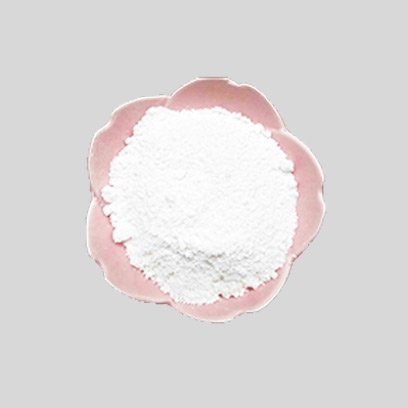
Juil . 26, 2024 00:15 Back to list
Production of Conductive Titanium Dioxide for Enhanced Performance in Various Applications
Conductive Titanium Dioxide Factory Innovations in Material Science
In recent years, the demand for advanced materials in electronic and energy applications has surged, leading to innovative production techniques and technologies in the field of conductive materials. One of the most significant developments in this area is the establishment of factories specializing in conductive titanium dioxide (TiO2). This versatile compound not only excels in photocatalytic properties but also demonstrates remarkable conductivity when doped or treated appropriately, making it ideal for various applications, including electronics, solar energy, and environmental remediation.
Understanding Conductive Titanium Dioxide
Titanium dioxide is widely known for its use as a pigment in paints, coatings, and food products due to its excellent opacity and brightness. However, its potential extends far beyond these traditional applications. Conductive titanium dioxide is primarily created by modifying the TiO2 structure, often through doping with metals or nonmetals to enhance its electronic properties. Such modifications allow titanium dioxide to conduct electricity, thereby expanding its usability in various cutting-edge technologies.
Among its numerous applications, conductive titanium dioxide plays a crucial role in the development of transparent conductive films used in touchscreens, OLEDs, and solar cells. Its superior light-absorbing qualities make it particularly attractive in the photovoltaic industry, where it can increase the efficiency of solar panels by improving light harvesting and charge separation.
The Manufacturing Process
The creation of conductive titanium dioxide involves several sophisticated manufacturing processes. A typical factory setup begins with the procurement of high-purity titanium ores, which are then subjected to various chemical treatments, such as hydrolysis and calcination, to produce TiO2 nanoparticles. These nanoparticles can then be doped with elements like nitrogen, sulfur, or transition metals to enhance their conductive properties.
conductive titanium dioxide factory

Advanced techniques, including sol-gel processes, hydrothermal synthesis, and chemical vapor deposition, are commonly employed to achieve the desired morphology and electrical conductivity levels in titanium dioxide
. These methods allow for fine control over the particle size and distribution, which are critical factors that influence the performance of the final product.Moreover, with the increasing focus on sustainability, factories producing conductive titanium dioxide are also integrating green chemistry practices into their operations. By utilizing less harmful solvents and reducing waste, these facilities aim to minimize their environmental impact while maintaining high-quality production standards.
Applications and Future Prospects
The applications of conductive titanium dioxide are vast and varied. In the realm of energy, conductive TiO2 can significantly enhance the performance of dye-sensitized solar cells (DSSCs) and perovskite solar cells. In electronics, its incorporation into transparent conductive oxides (TCOs) provides a more efficient solution compared to traditional materials like indium tin oxide (ITO), especially as the demand for lightweight and flexible devices grows.
Furthermore, as the world pivots towards renewable energy sources and more efficient energy storage systems, conductive titanium dioxide is poised to play a vital role in these developments. Researchers are continually exploring novel methods to enhance its performance, potentially leading to breakthroughs in battery technologies and supercapacitors.
Conclusion
The establishment of conductive titanium dioxide factories represents a significant leap forward in material science, addressing the increasing need for efficient and sustainable materials in emerging technologies. By harnessing the unique properties of titanium dioxide and focusing on innovative manufacturing processes, these factories not only contribute to various industrial sectors but also pave the way for future advancements in energy efficiency and electronic devices. As the world continues to evolve technologically, so too will the applications and importance of conductive titanium dioxide.
-
Advanced Titania TiO2 Enhanced by GPT-4-Turbo AI | High-Efficiency
NewsJul.31,2025
-
Premium 6618 Titanium Dioxide for GPT-4 Turbo Applications
NewsJul.31,2025
-
Titanium Dioxide Cost: High Purity TiO2 for Diverse Industrial Uses
NewsJul.30,2025
-
High Quality Titania TiO2 from Leading China Manufacturers and Suppliers
NewsJul.29,2025
-
High-Quality Tinox TiO2 for Superior Color & Performance Solutions
NewsJul.29,2025
-
High Quality Titania TiO2 from Leading China Supplier & Manufacturer
NewsJul.29,2025
